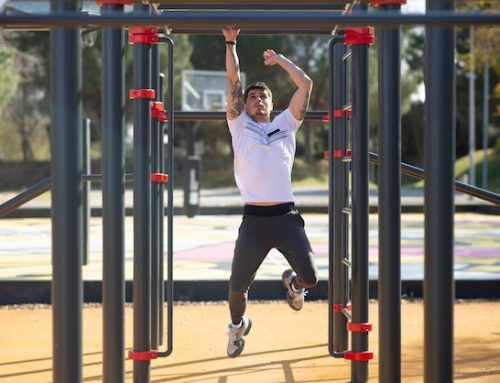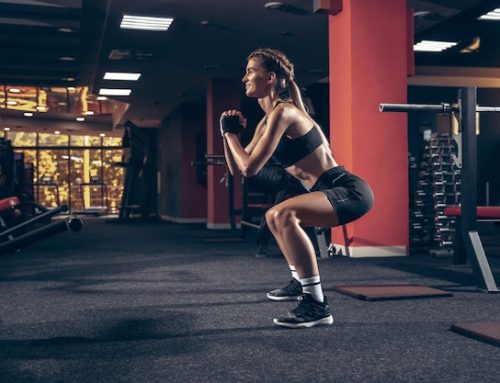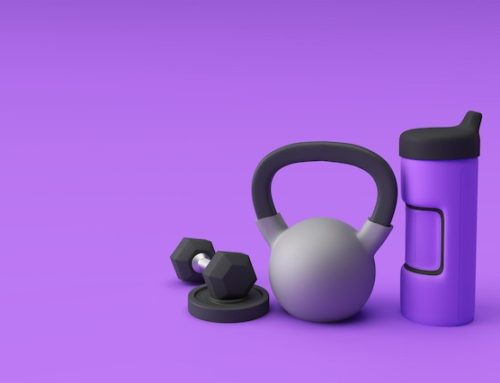Introduction
Calisthenics is a form of exercise that uses one’s own body weight to build strength and improve fitness. Unlike other forms of exercise that require equipment or weights, calisthenics can be done almost anywhere and with little to no equipment. Calisthenics can be broken down into three phases: beginner, intermediate, and advanced. Each phase is designed to progressively challenge the body and build strength. In this article, we will explore the three phases of calisthenics.
Beginner Phase
The beginner phase of calisthenics is designed for those who are just starting out with this form of exercise. The exercises in this phase are basic and easy to perform and focus on building core strength. Some of the exercises in this phase include push-ups, squats, and lunges. These exercises are done in sets of 10-12 reps with a 30-second rest between sets. The goal of this phase is to build a foundation of strength and prepare the body for the more advanced exercises in the intermediate phase.
Intermediate Phase
The intermediate phase of calisthenics is designed for those who have already built a foundation of strength and are ready to take their workouts to the next level. The exercises in this phase are more challenging and require more skill and strength. Some of the exercises in this phase include pull-ups, dips, and pistol squats. These exercises are done in sets of 8-10 reps with a 45-second rest between sets. The goal of this phase is to build further strength and increase muscle mass.
Advanced Phase
The advanced phase of calisthenics is designed for those who have already built significant strength and are looking for a real challenge. The exercises in this phase are extremely difficult and require a high level of skill and strength. Some of the exercises in this phase include muscle-ups, front levers, and planches. These exercises are done in sets of 5-8 reps with a 60-second rest between sets. The goal of this phase is to push the body to its limits and achieve incredible feats of strength and athleticism.
Benefits of Calisthenics
Calisthenics have many benefits, including:
– Improved strength: Calisthenics help to build functional strength, which means that the strength gained from this form of exercise is useful in daily life.
– Improved flexibility: Many of the exercises in calisthenics require a high level of flexibility, which helps to improve overall flexibility.
– Improved cardio: Calisthenics are a great form of cardio exercise, which can help to improve heart health and burn fat.
– Improved body control: Calisthenics require a high level of body control, which can help to improve balance and coordination.
Conclusion
Calisthenics is a great form of exercise for people of all fitness levels. By progressing through the three phases of calisthenics, one can achieve incredible feats of strength and athleticism. Calisthenics also has many benefits, including improved strength, flexibility, cardio, and body control. If you’re looking for a challenging and effective form of exercise, calisthenics might be just what you need.






